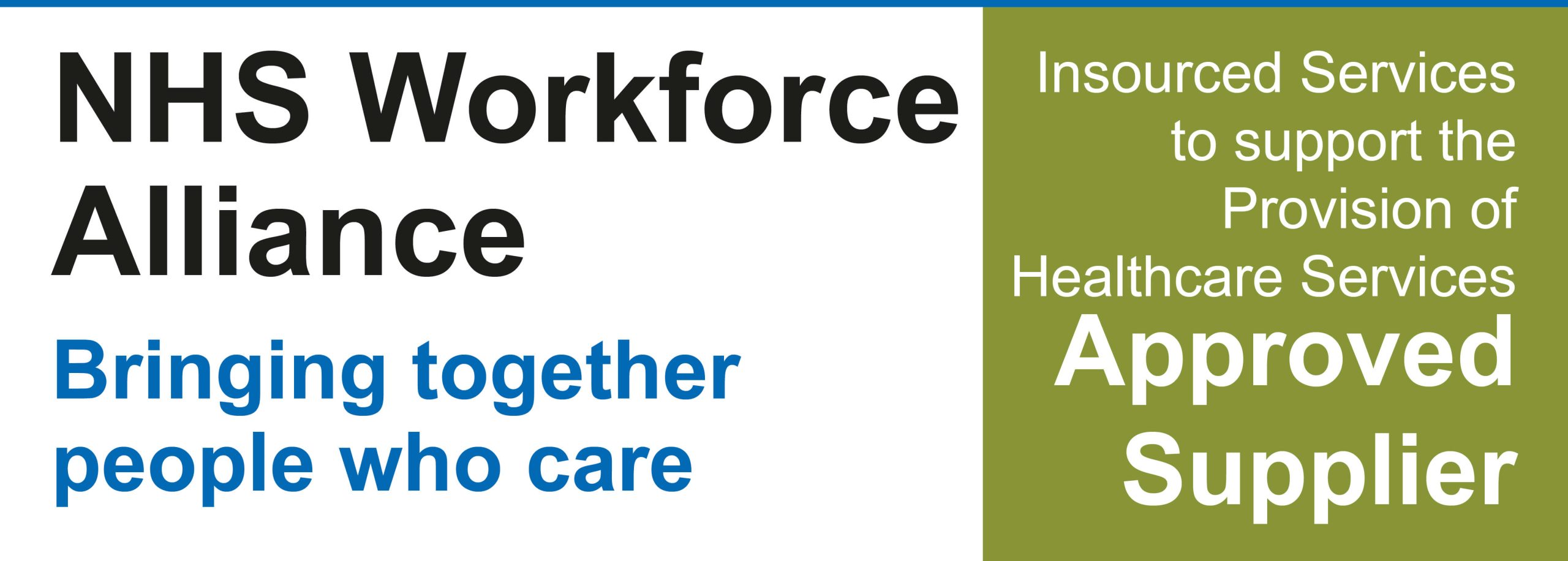Secure Healthcare Solutions Edgbaston provides bespoke and high quality care at home and support so you can enjoy a personalised homecare service built around your needs.
Living independently at home is something most of us would like to do for as long as possible. When that time comes to make the decision to ask for extra support to continue to live independently as much as possible, our home care services are tailored for exactly that.
Our trained caring friendly staff have your Dignity and respect at the forefront of delivering personalised care in the comfort of your own home. When providing home care for yourself or a family member or friend, we take the time to get to know you and make sure you are continually happy with the care you received and the staff that support you.
Home care can be arranged on an hourly, daily, weekly basis or a much longer plan to suit your needs. We provides in-home care and support services to people so they can live as independently as possible in their own homes and communities. We support people to live life the way they choose.
The best person to know what support you need to remain as independent as possible in your own home is you. That is why everything we do is designed around your needs and goals. These can be relatively simple like help with shopping through to high dependency 24 hour care.
- Housekeeping
- Personal care
- Domiciliary care
- Companionship
- Support with information and advice
- Housing support
- High dependency care
- Live-in care
- Respite care
- Medication management
- Hospital to Home service
- Complex and specialist care
Let us help you get the care you need for the life you want.
If you wish to learn more about how we can support you, please contact us and let one of our advisers come to see you and your family for a more detailed plan on how we can support you.

